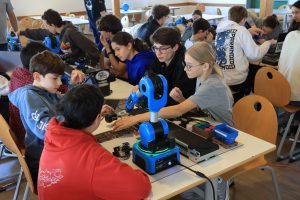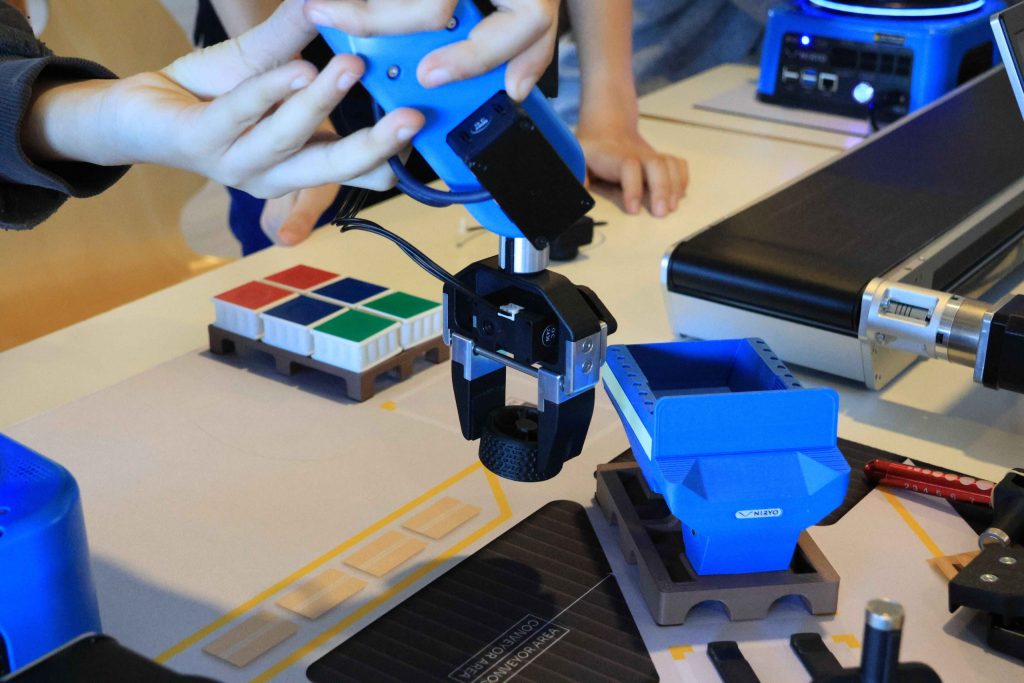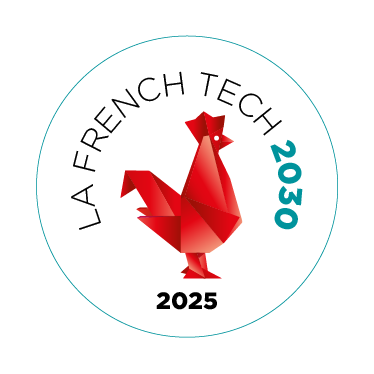Imagine a world where machines perform complex tasks, ranging from medical diagnosis to space exploration. That world is already being built, thanks to robotics. But what exactly is robotics? It is the science and technology of designing, manufacturing, operating, and applying robots.
Robotics is not an isolated discipline. Rather, it is the dynamic and essential convergence of several key scientific fields. Interdisciplinary robotics requires skills in mathematics, physics, and computer science as well as the humanities and social sciences (HSS). Interdisciplinarity is at the heart of this training, integrating robotics teaching and projects that go beyond pure engineering. From programming a robot with a kit such as Lego Spike to advanced research, the University of Nantes, in particular, encourages this approach. An interdisciplinary day or seminar provides an opportunity to showcase innovations and technologies in robotic systems, including digital products and Lego Robotics kits.
Mathematics: the fundamental language of robotics
Robotics is intrinsically linked to mathematics because it is the fundamental language of robotics. The robotics program at the University of Nantes emphasizes these two crucial disciplines.
Linear algebra and geometry
These tools enable robots to understand their position and orientation in space. Transformation matrices and vectors are essential for representing a robot’s pose, while kinematics (direct or inverse) is indispensable for programming and trajectory planning. Robot navigation and localization also rely on reference frame transformation.
Differential and integral calculus
Differential and integral calculus models the movement, speed, and acceleration of robots, enabling trajectory optimization. Control and regulation systems, such as PID (Proportional-Integral-Derivative) and Kalman filters, directly apply these mathematical concepts to ensure the precision of the robot’s movements.

Statistics and probability
Given the uncertainty of sensory data, statistics and probability are vital. Bayesian theory and data fusion enable robots to process incomplete information. In addition, these concepts form the basis of machine learning, allowing robots to recognize objects and make decisions. Planning in uncertainty via Markov Decision Processes (MDPs) and Reinforcement Learning completes the set of skills required in robotics. These concepts are at the heart of robot engineering and will shape the innovative technologies of tomorrow.
Physics: the laws of the real world applied to robots
Robotics is a fascinating discipline that is fundamentally based on the laws of physics. Understanding these principles is essential for robots designing, programming, and ensuring the proper functioning of systems.
Mechanics
Mechanics is at the heart of robot design. Statics and dynamics are crucial for sizing structures, understanding balance, and managing the forces and torques exerted on the robot’s joints. Kinematics and dynamics of rigid bodies allow for the precise modeling of each robot’s segment movement. Finally, energy and power principles guide the selection of motors and the optimization of energy consumption, ensuring the robots’ autonomy. These concepts are fundamental to robotics engineering and research.
Electronics and electromagnetism
Programmable robots are equipped with a multitude of sensors whose operation is based on physical principles, such as ultrasound, infrared, LIDAR, cameras, accelerometers, and gyroscopes. Actuators, such as DC, brushless, or stepper motors, and servomotors, convert electrical energy into motion. Electronic circuit design, power management, and signal transmission are key elements in developing innovative products.
Optics and waves
Computer vision relies on the principles of optics, imaging, and light processing to give robots the ability to “see” their environment. Wireless communication, which is essential for many robotic systems, relies on the propagation of radio waves. These technologies are at the heart of modern robotics challenges and innovation.
Computer science: the robot’s brain and language
Computer science is the central pillar of robotics, providing robots with “brain” and “language.” It also serves as an essential educational platform for its learning and development.

Algorithms and data structures
Machine trajectory planning relies on advanced pathfinding algorithms such as A* or Dijkstra’s algorithm, which are essential for autonomous navigation. Knowledge representation allows robots to “understand” their environment. Meanwhile, optimization algorithms solve complex problems, such as the traveling salesman problem for robotic logistics. These fundamental sciences form the basis of autonomous systems engineering.
Programming and embedded systems
The choice of programming languages is crucial. Python, C++, Java, and ROS (Robot Operating System) are predominant in the field of robotics technologies. Real-time operating systems are necessary for machine responsiveness, and a robust software architecture manages the robot’s various tasks, such as perception, decision-making, and action. Concrete robotics projects, such as those developed at the University of Nantes or using LegoKit and Spike kits, are essential for acquiring these skills.
Artificial intelligence and machine learning
Artificial intelligence (AI) equips machines with advanced perception through speech recognition and computer vision (convolutional neural networks). Reinforcement learning algorithms enable robots to make autonomous decisions and adapt. Human-machine interaction, via natural language processing improves robots’ ergonomics. The interdisciplinary nature of these projects, which includes the social sciences and humanities, is explored during seminars and interdisciplinary days with researchers from the network. These teachings pave the way for innovation and new robotic products.


























